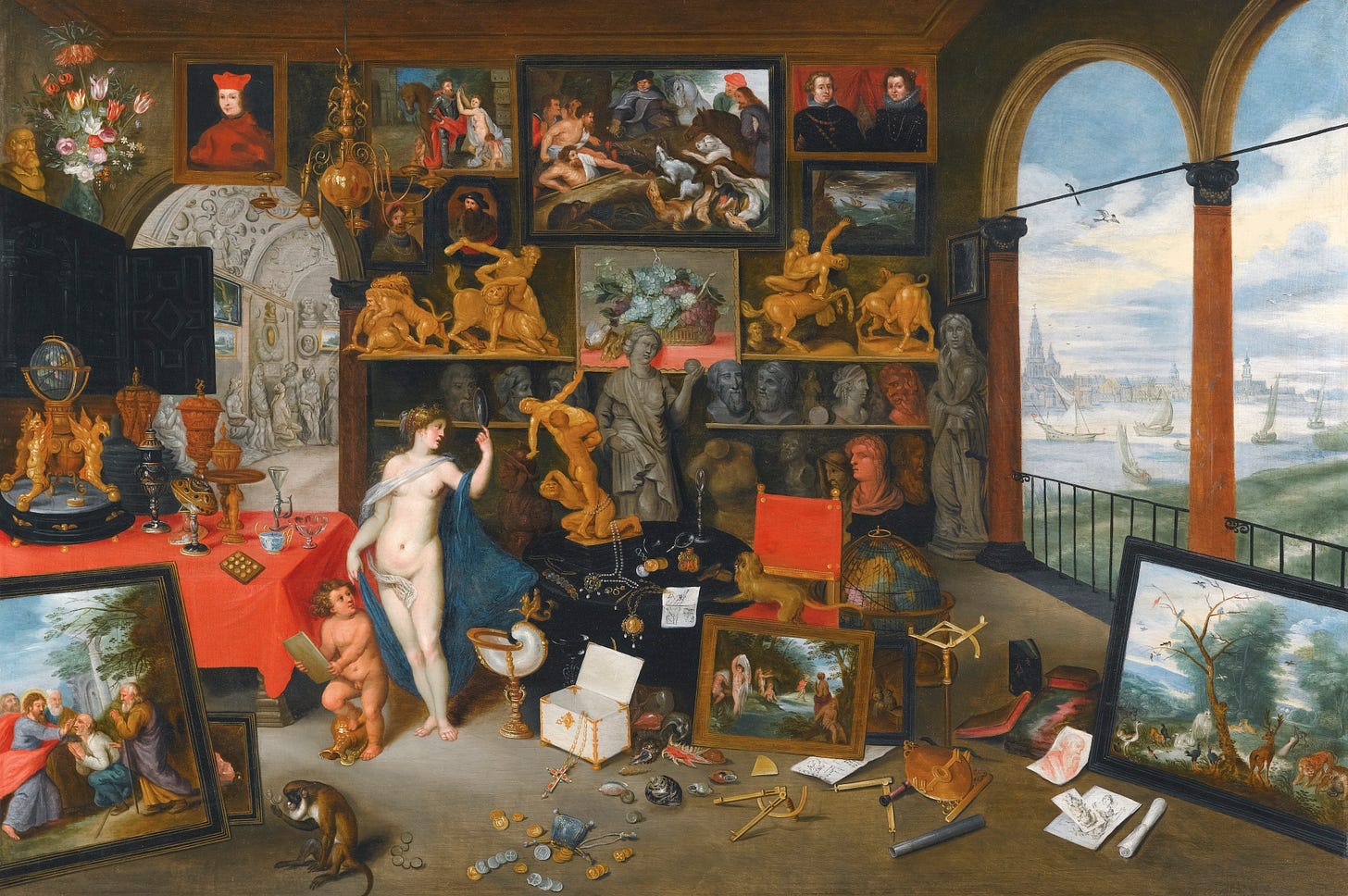Kunstkammer und Wunderkammer: Documenting Art History & History

The Dutch and Flemish Golden Age of the late-16th through the mid-18th Centuries is one of the most critical periods in European history and art history. For nearly two centuries, the lands comprising today's Netherlands, Belgium, and Luxembourg witnessed unprecedented economic growth that spurred significant advancements in art, science, technology, navigation, and commerce. During this pivotal era, the causes and sustainment of prosperity were manifold: active roles in the colonization of the Americas, Africa, Asia, and Oceania; growing consumerist culture within a densely mercantile society; and a rising middle-class sector that was willing and able to purchase extra goods for their homes.
With an improved economy, the merchant class could accrue major financial earnings through active trade of their goods and wares - both domestically and via international trade routes. Subsequently, the fine arts became a lucrative enterprise through which individuals across social strata could afford artworks and build up a respectable private collection. Painting proved to be the most sought after medium, to which Dutch and Flemish artists produced works in a multitude of pictorial types: history paintings, portraiture, genre paintings (scenes of everyday life), still life, and landscapes (which encompassed additional subgenres of seascapes, cityscapes, and cloudscapes).



